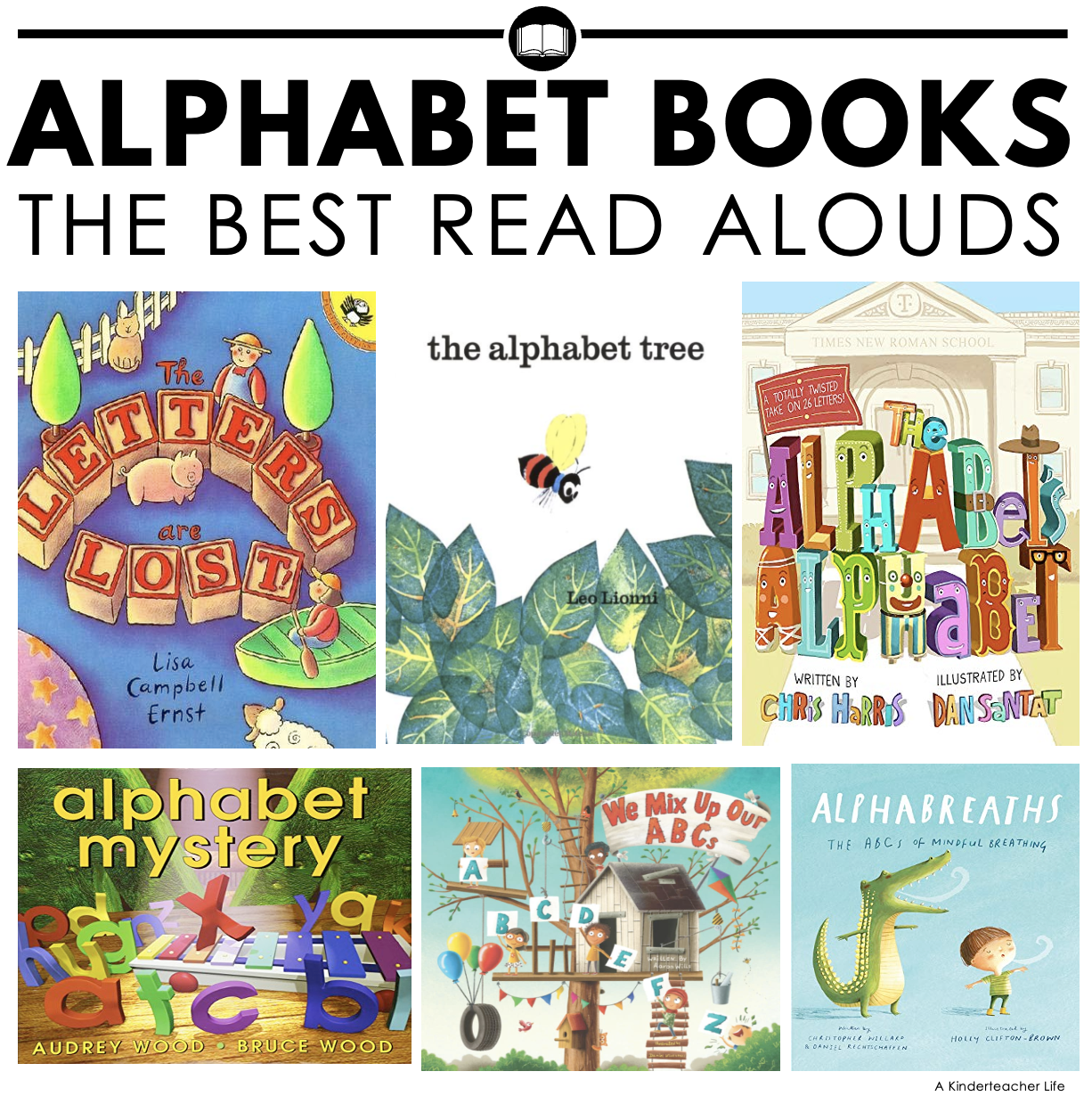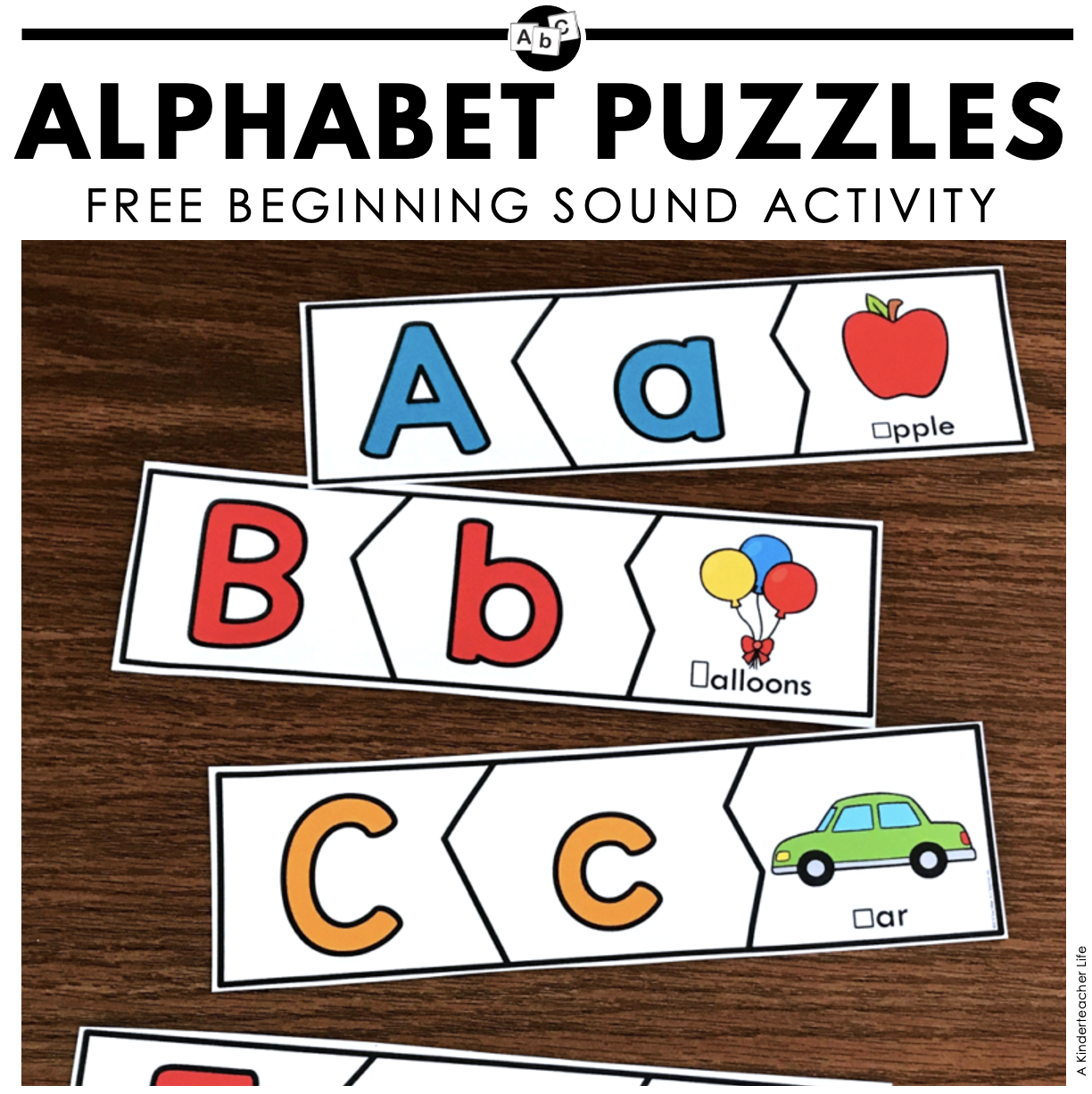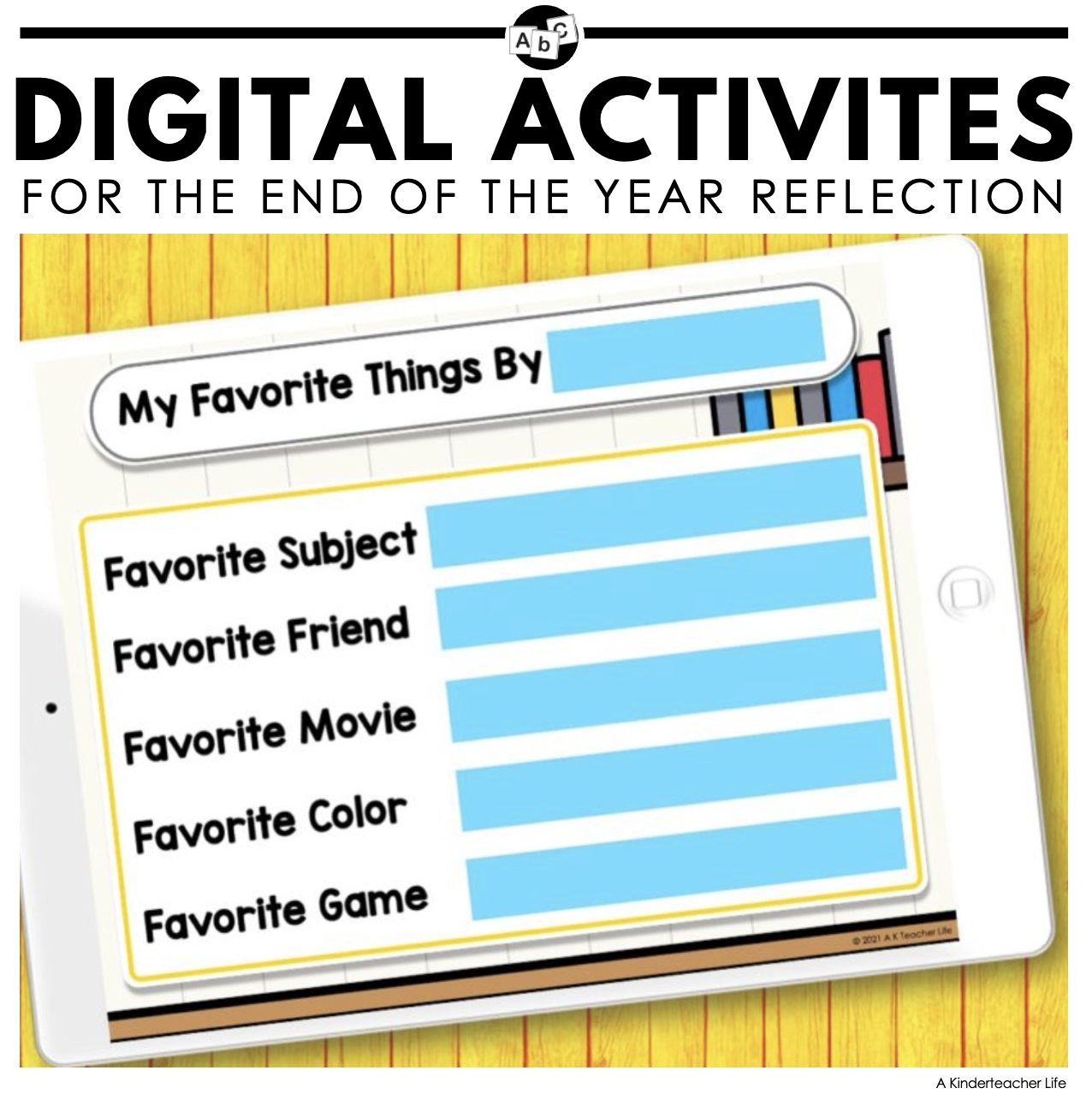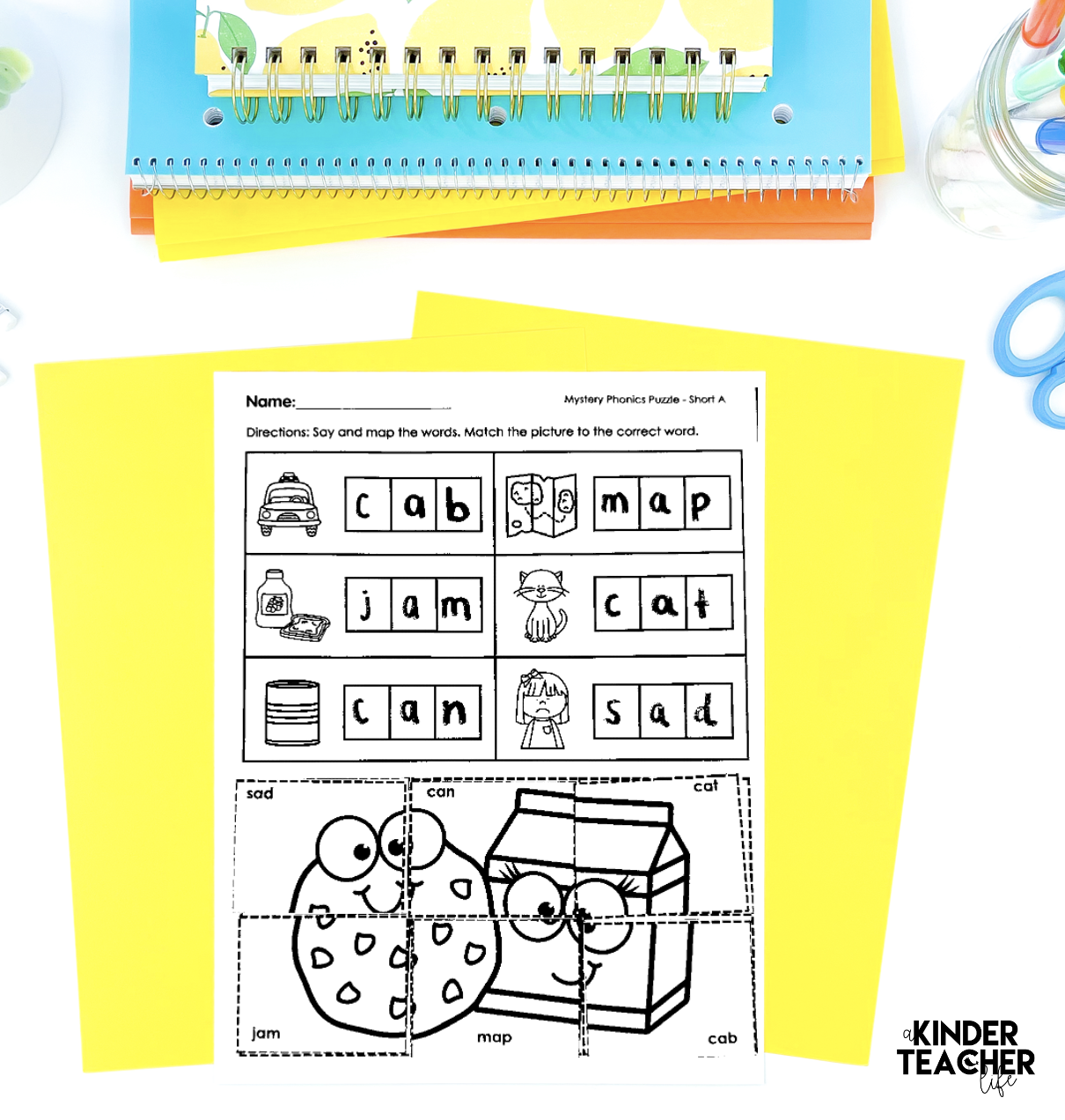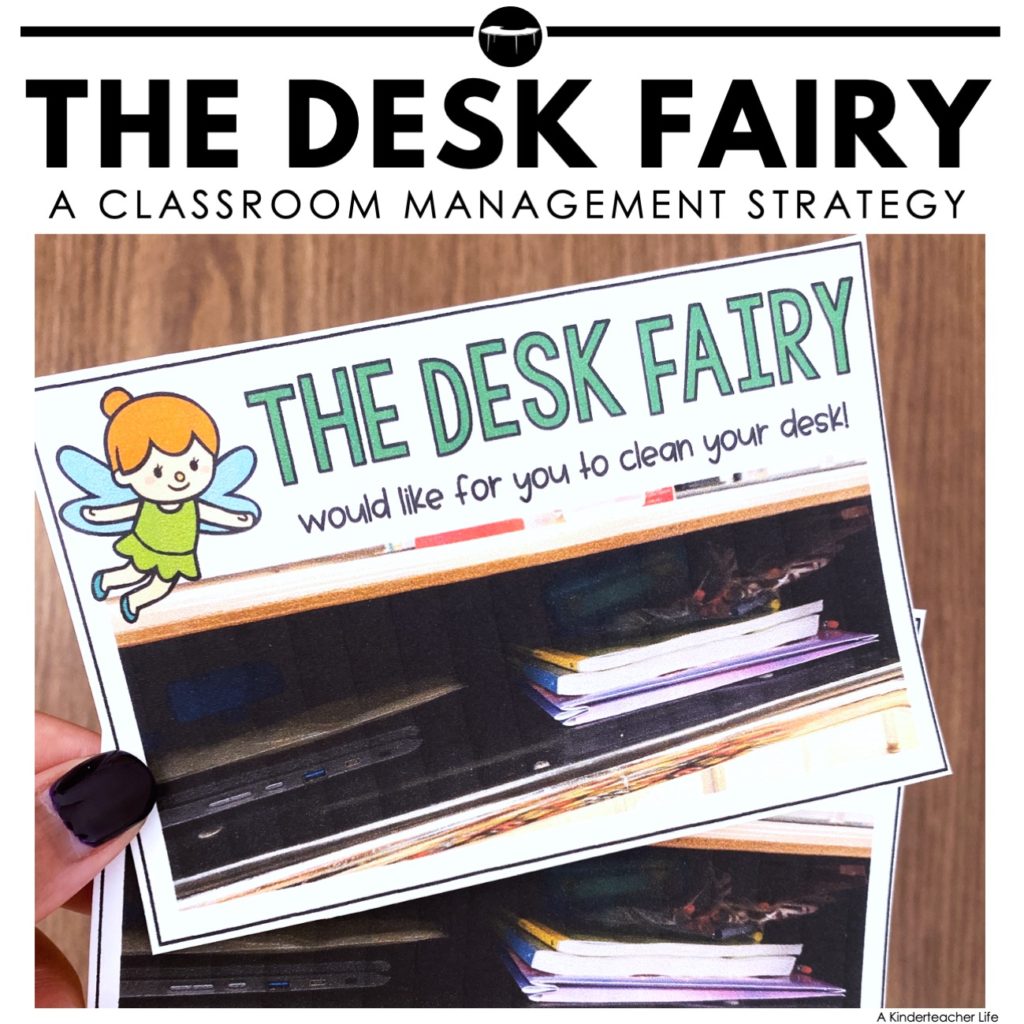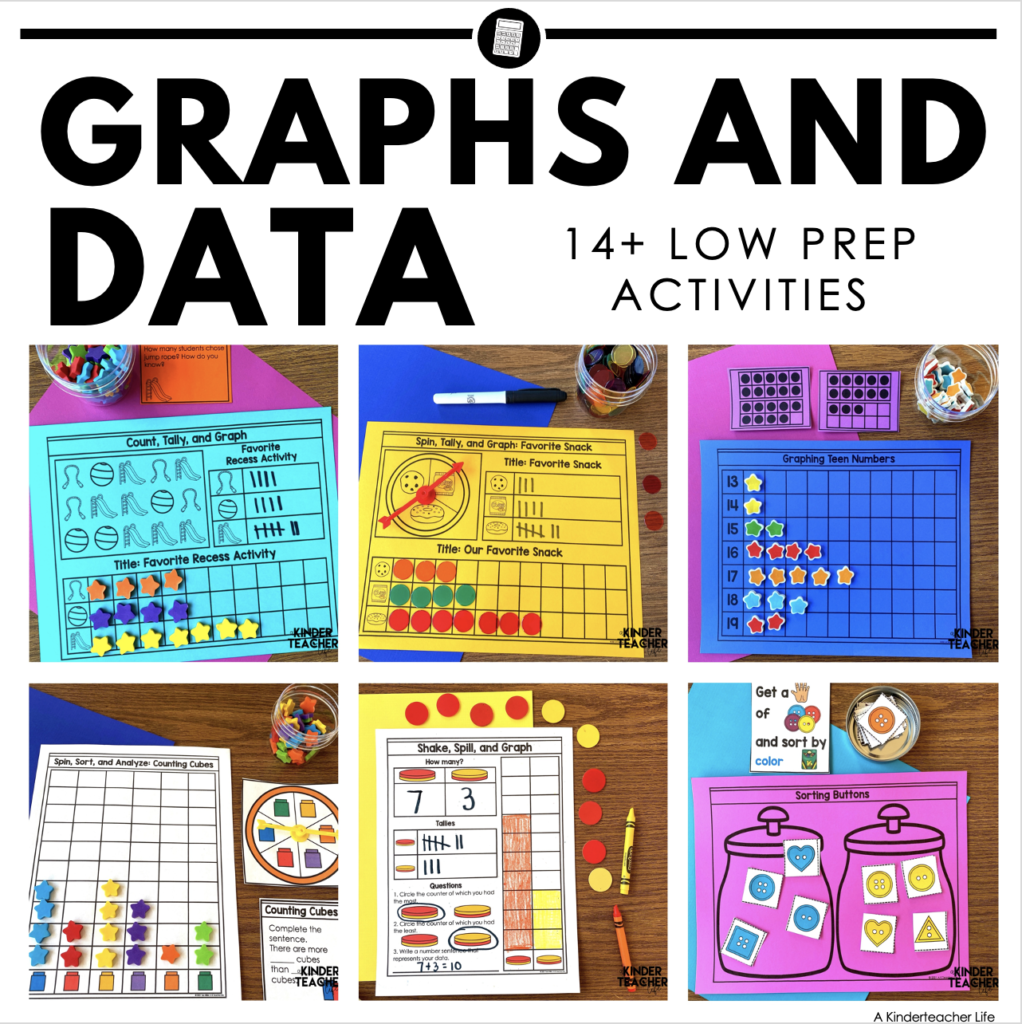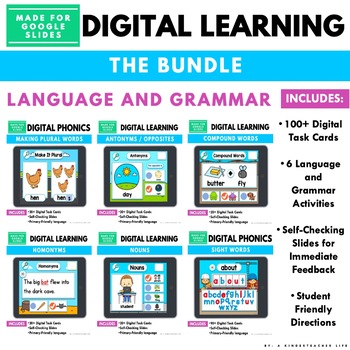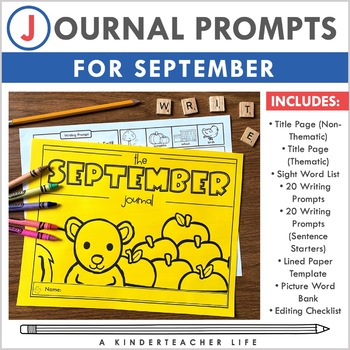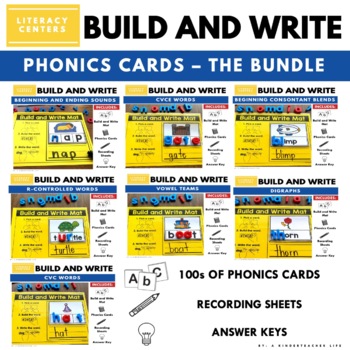How to Use Oral Retelling In The Classroom
One of the most magical parts of learning to read is being able to retell a story. When we listen to a story or read one ourselves, we can bring it to life again by sharing it aloud. We call this oral retelling, and it’s a big deal when it comes to becoming a strong reader!

🧠 What is Oral Retelling?
Oral retelling means telling a story you’ve heard or read using your voice and memory. You might talk about:
- What happened at the beginning, middle, and end
- Who the characters were and what they did
- What the characters said to each other
- Where the story took place
- The problem and how it was solved
I always tell my students that they don’t have to retell the story the same way as the author—they can use their own words. This will help them learn how to summarize a story in their own words.
Why Is It Important?
Oral retelling helps in so many amazing ways:
✔️ Builds comprehension—you understand the story better when you can explain it.
✔️ Boosts speaking and listening skills.
✔️ Strengthens memory and sequencing.
✔️ Gives kids the confidence to become little storytellers themselves!
✔️ Helps teachers and grown-ups see what you understood—and what might still be tricky.
If you teach multi-lingual students, oral retelling will help build their vocabulary and confidence with comprehension.
How Can We Practice Retelling in the Classroom?
Most teachers have students retell a story using the five-finger retell or a retell strip. Then, students partner up with another student and take turns retelling the story. This strategy is a great start to get students focusing on retelling a story in sequential order. Retelling doesn’t have to be so routine—it can be full of movement, imagination, and fun! Here are some favorite ways to bring stories to life:
1. Use Puppets
Bring finger puppets, paper bag puppets, or stuffed animals to act out the characters, especially if only two characters are in the story. I am thinking about Aesop’s Fables or Frog and Toad stories as an example. Students can become the characters and retell the story as a performance. This option is great for shy students who might open up behind a puppet.
2. Story Sticks
Write or draw key parts of the story on craft sticks, such as the characters, setting, and main events. Students pull out sticks one at a time to help guide their retelling. This strategy is helpful for students who need help putting the story in sequential order and need to see it. To take this strategy a step further, have them add labels to their drawing (i.e., label the settings and characters’ names) and make speech bubbles to help them remember key details of characters’ actions, feelings, and words.
Here’s an example of using story sticks – Jack and the Beanstalk.

3. Retelling Mats or Graphic Organizers
Give students a simple template to help organize their thoughts. There are a ton of free ones on TpT. I’ve made one below that you could use, too. In addition, they can draw or write about the beginning, middle, and end, then use their notes to retell.
4. The Storytelling Circle
In a small group, pass around a storytelling object (like a “retelling rock” or a plush microphone). Each student shares one part of the story until it’s told from start to finish. If some students are anxious about what to say when it is their turn, tell them beforehand what their role will be so they can prepare what they want to say.
5. Change the Ending
After students retell the original story, challenge them to create a new twist at the end. Oral retelling will encourage deeper thinking and creativity.
Check out ways to teach students how to retell a story using fairy tales or Aesop’s Fables.
How do you provide opportunities for oral telling in your classroom? Let me know in the comments section below.
Happy teaching,
Tee

